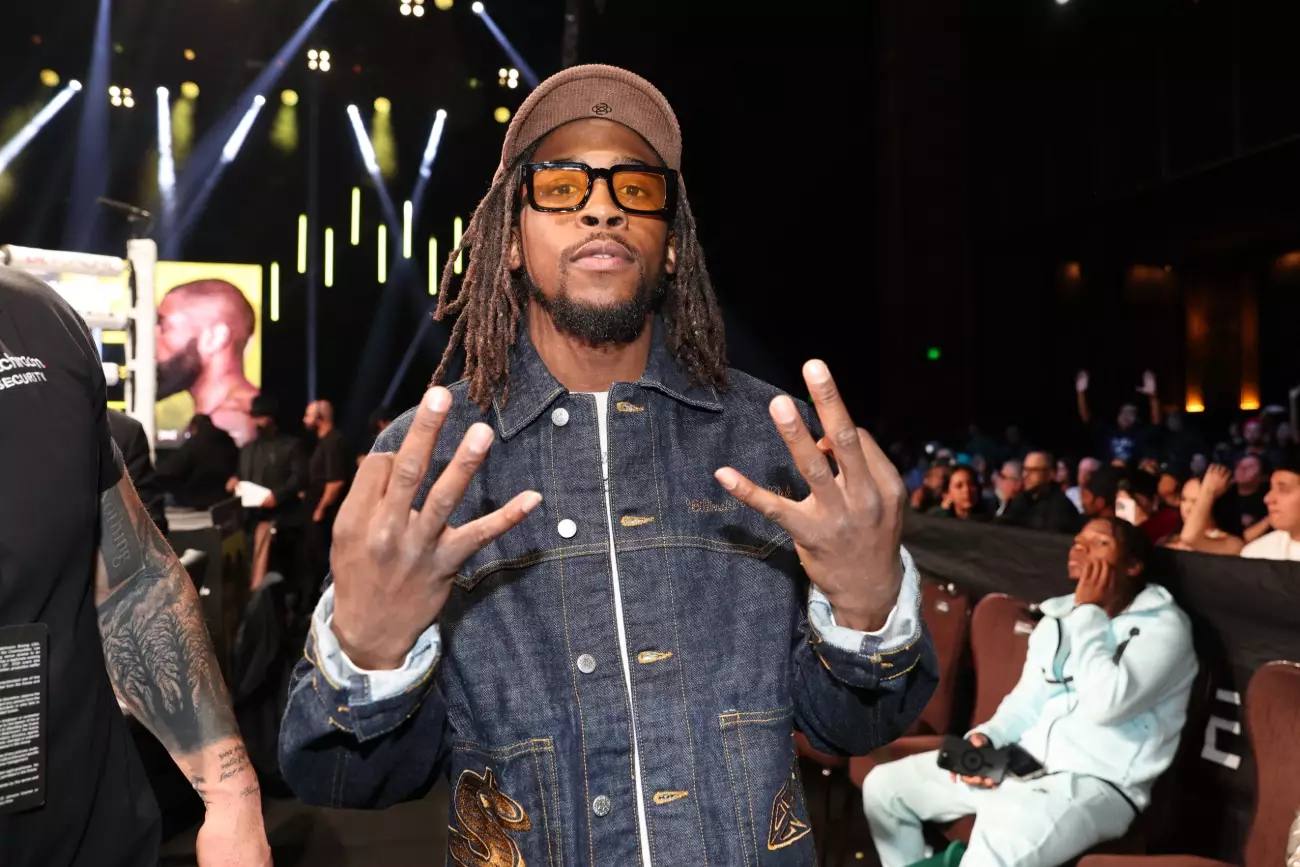As boxing fans gear up for the lightweight championship clash between Keyshawn Davis and WBO champion Denys Berinchyk, the atmosphere is charged with expectation. Scheduled for February 14th at the iconic Madison Square Garden Theater in New York City, this bout represents not only a test of skill but a defining moment in Davis’s burgeoning career. Known for his confident demeanor and impressive physicality, Davis struggles against the narrative that labels him merely as a product of favorable match-making rather than a genuinely elite contender.
At 25 years old, Keyshawn Davis walks into the ring boasting a size advantage against Berinchyk, a seasoned fighter and 2012 Olympic bronze medalist. Many experts in the boxing world argue that Davis’s physicality—his reach, weight, and overall frame—could prove decisive in the fight. Davis himself has been vocal about his confidence, asserting that he expects to overwhelm Berinchyk: “I feel like the only thing Berinchyk can do to surprise me is to take some of my punches,” he proclaimed. However, this notion of sheer physical dominance could be a double-edged sword. If Davis relies solely on his power and fails to engage in strategic boxing early on, he may find himself outmaneuvered by Berinchyk’s technical finesse.
While confidence is a crucial attribute in boxing, it can easily tip into perilous overconfidence. Davis has made headlines for his string of knockout victories, but some analysts caution against viewing him as a true knockout artist. His impressive stops of fighters like Gustavo Lemos and Jose Pedraza should be interpreted with scrutiny; common sentiment suggests that these opponents may not represent the toughest challenges of Davis’s career. Critics might label him a “weight bully,” a fighter who depletes himself to gain undue advantages over lighter opponents. This narrative raises critical questions: Is Davis’s power legitimate, or is it exaggerated due to selective match-making strategies?
Davis’s trainer, Brian ‘BoMac’ McIntyre, elaborated on the importance of rhythm in boxing, comparing it to music—establishing a smooth flow can undoubtedly dictate the pace of the fight. However, Davis must first settle into his rhythm, and that often entails weathering the initial rounds of a contest. Transitioning from a rough-and-tumble brawler to a strategic fighter requires utmost discipline, particularly against an experienced adversary like Berinchyk, who may capitalize on Davis’s overzealousness. The evolution of a boxer is not solely reliant on physicality but also in adopting the cerebral approach that distinguished greats like Muhammad Ali and Floyd Mayweather Jr.
What Lies Ahead: The Future Beyond the Fight
Regardless of the outcome against Berinchyk, the bout serves as a critical juncture in Keyshawn Davis’s career. If he secures a victory, especially one that showcases versatility rather than a singular reliance on power, the stage could be set for future marquee matchups against elite fighters, including potential rematches or bouts against top contenders at 147 pounds. Conversely, a loss could raise serious questions about his readiness for the top tier of boxing, forcing him to reassess his strategy, workout regimen, and possibly even his choice of opponents moving forward.
In the world of boxing, the ring can be an unpredictable battleground. While Keyshawn Davis is poised to enter this saga brimming with hope and bravado, it is essential to remember that each bout tells more than one story—it reveals the nuances of preparation, self-belief, and the ever-present unpredictability of the sport. The juxtaposition of Davis’s raw power and Berinchyk’s refined skill adds layers of intrigue to this matchup. As fans prepare for what promises to be an analytical duel of strength and strategy, one can only imagine—will the anticipated explosion of power be enough, or will technique reign supreme? The world waits with bated breath to find out.

